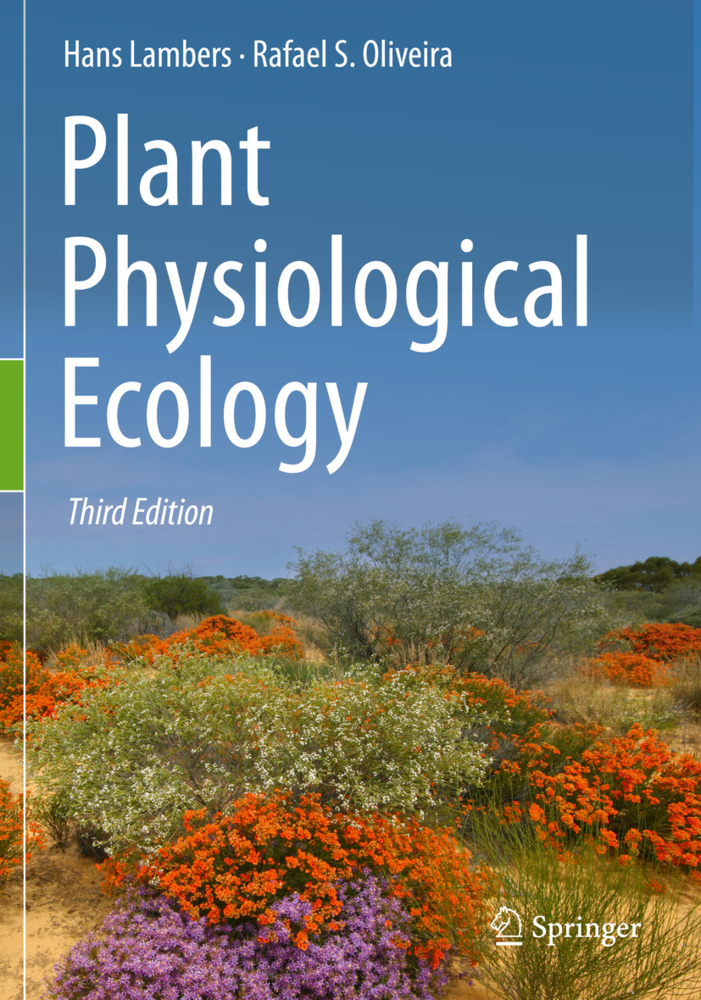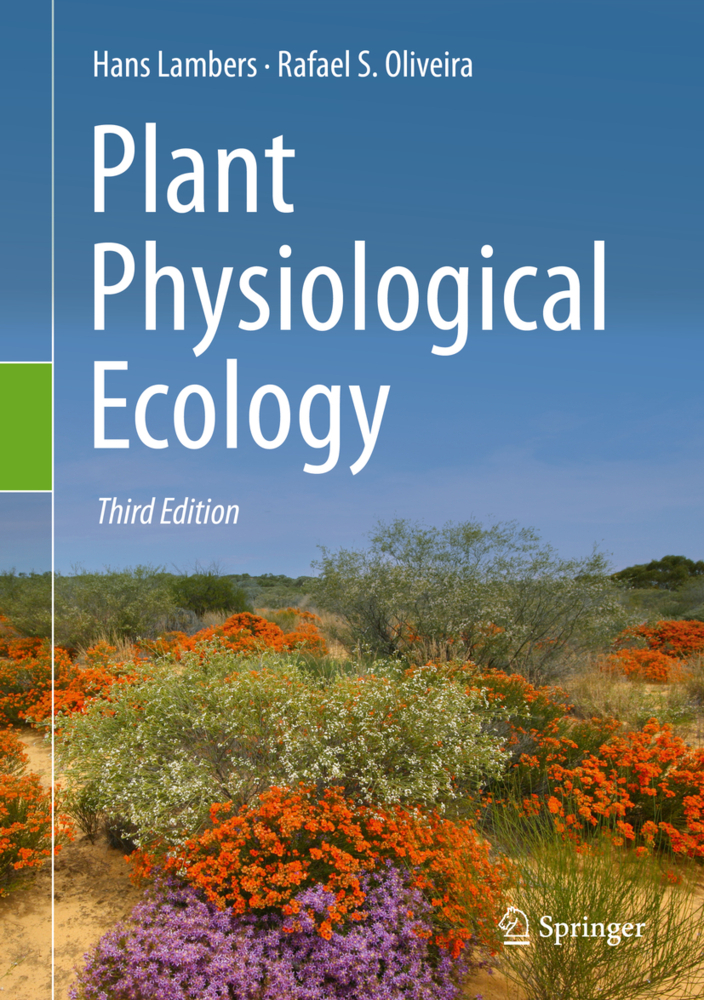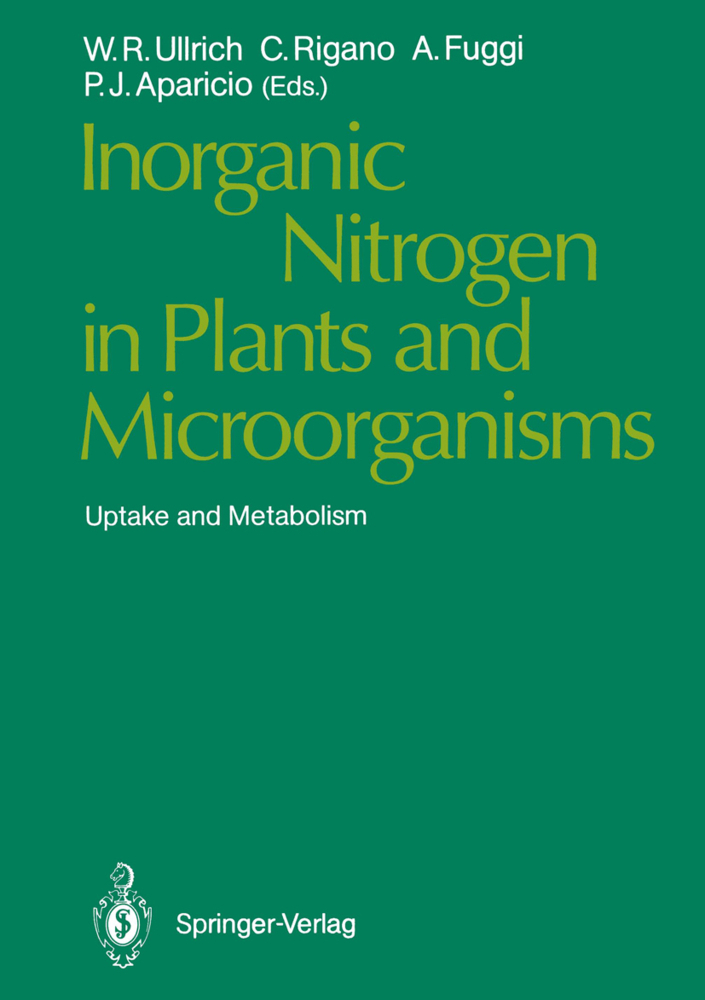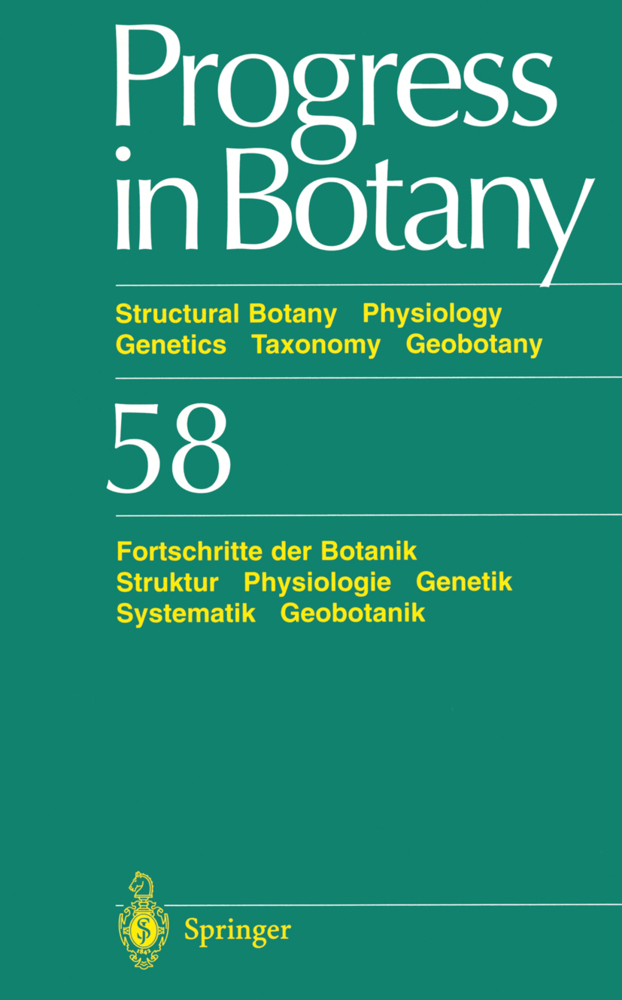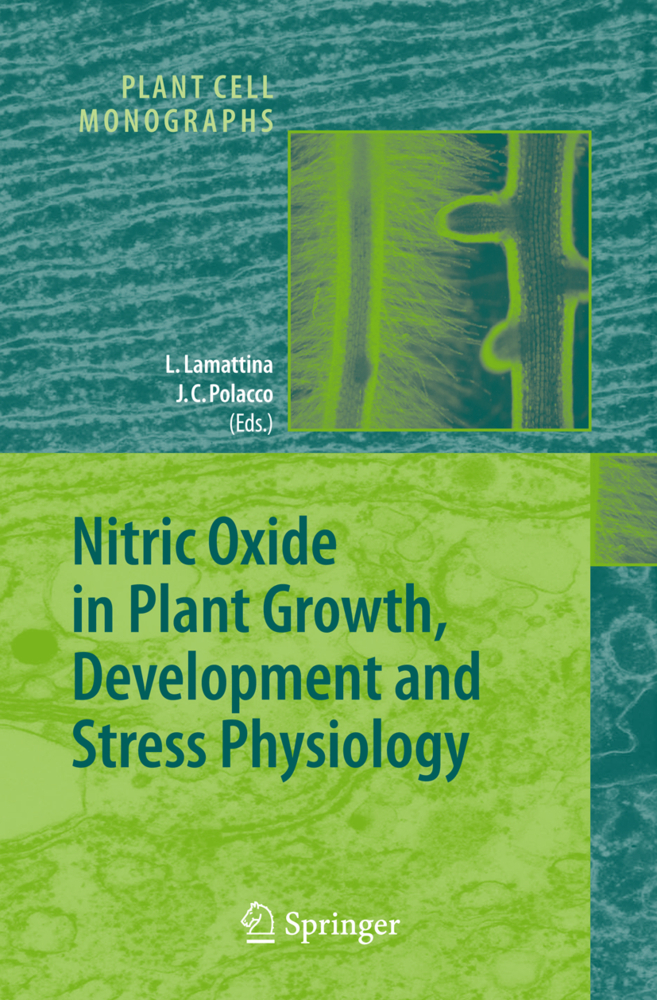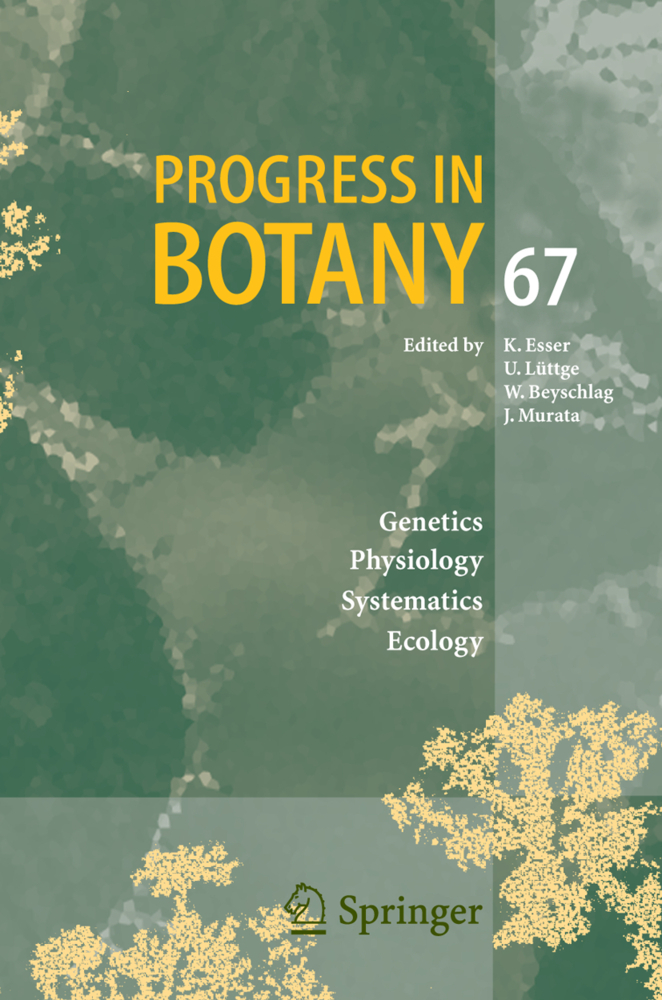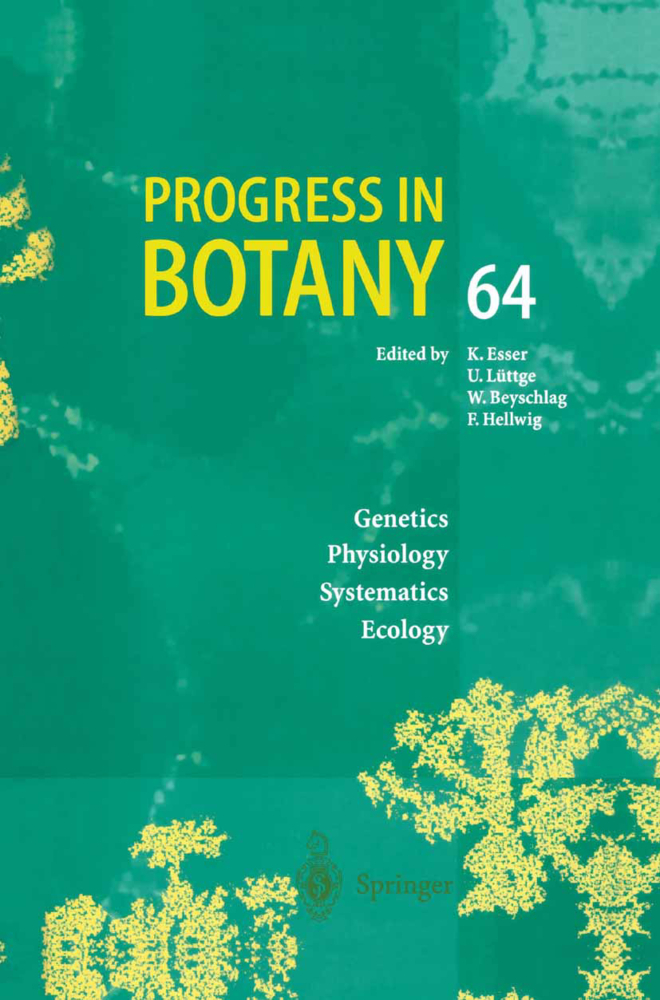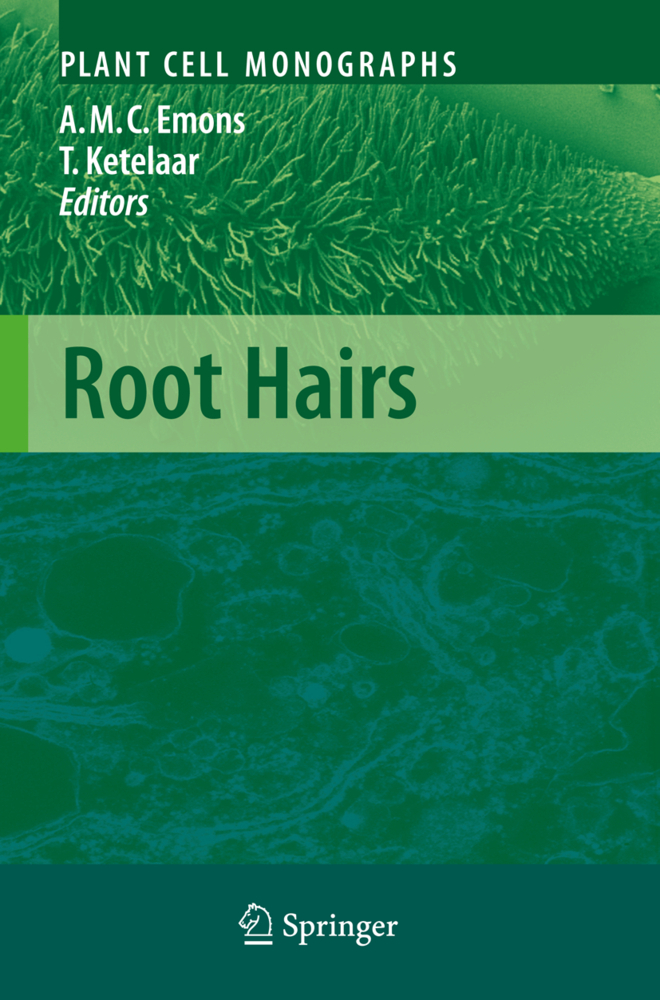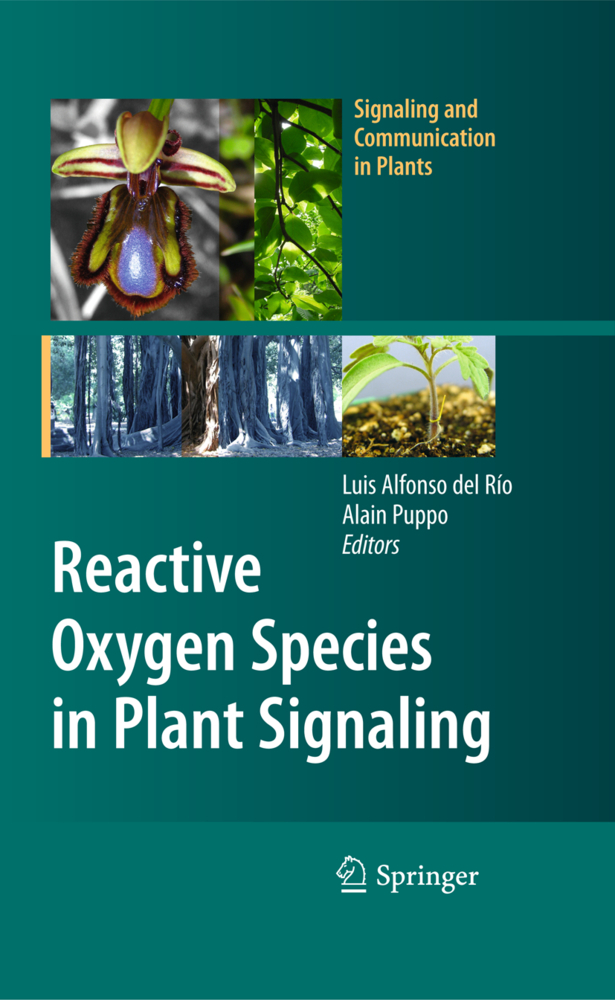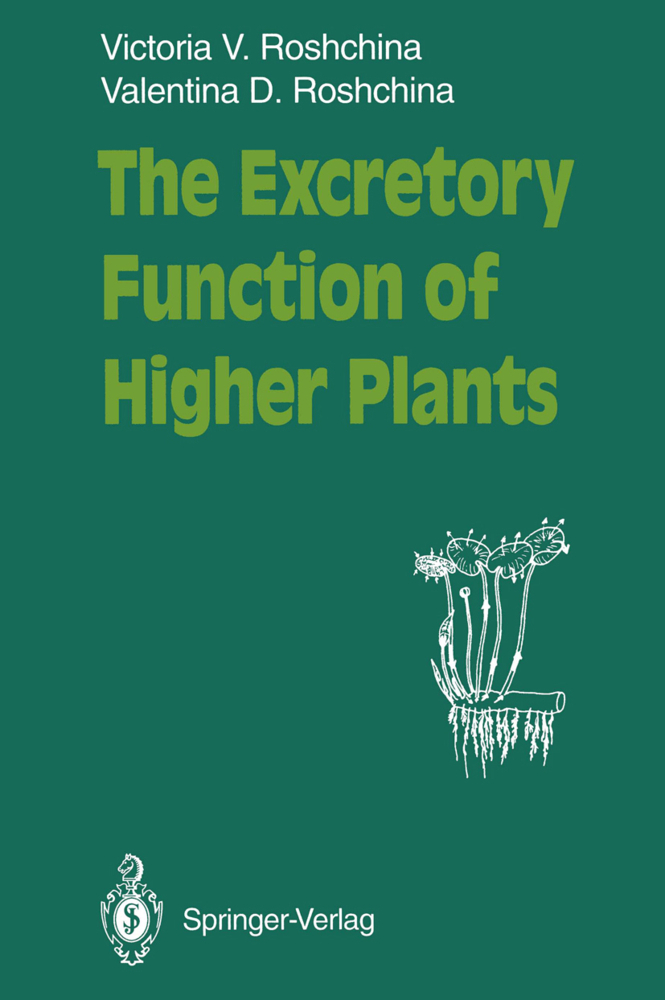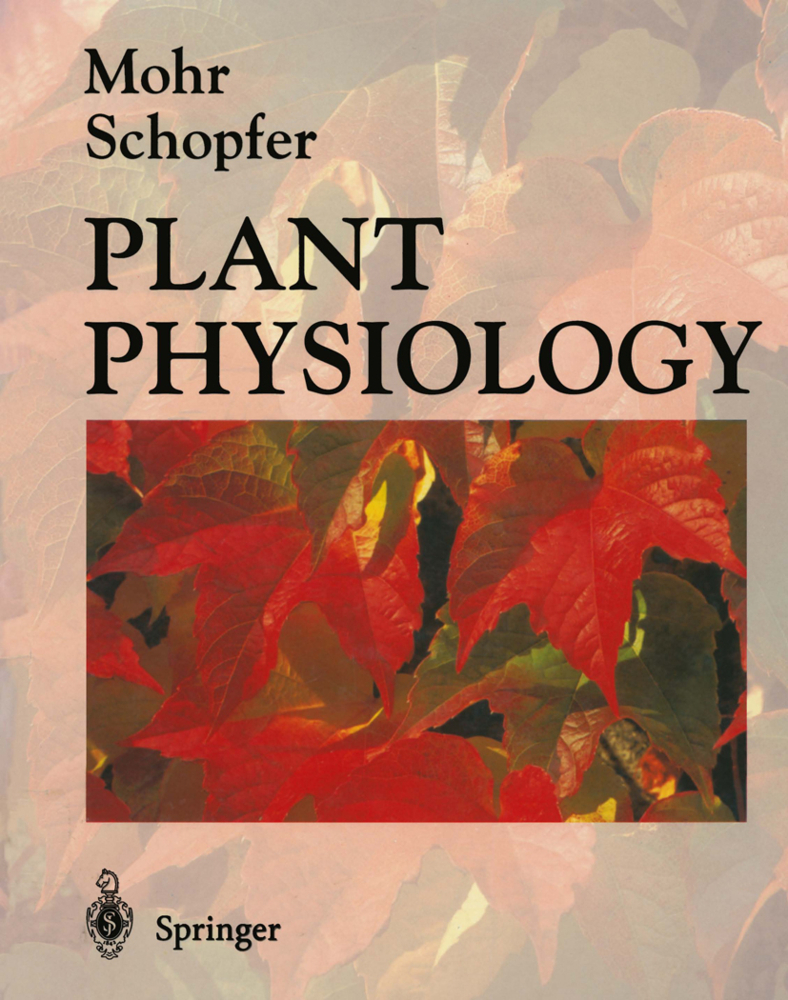Plant Physiological Ecology
Plant Physiological Ecology
Growth, reproduction, and geographical distribution of plants are profoundly influenced by their physiological ecology: the interaction with the surrounding physical, chemical, and biological environments. This textbook highlights mechanisms that underlie plant physiological ecology at the levels of physiology, biochemistry, biophysics, and molecular biology. At the same time, the integrative power of physiological ecology is well suited to assess the costs, benefits, and consequences of modifying plants for human needs and to evaluate the role of plants in natural and managed ecosystems.
Plant Physiological Ecology, Third Edition is significantly updated, with many full color illustrations, and begins with the primary processes of carbon metabolism and transport, plant water relations, and energy balance. After considering individual leaves and whole plants, these physiological processes are then scaled up to the level of the canopy. Subsequent chapters discuss mineral nutrition and the ways in which plants cope with nutrient deficient or toxic soils. The book then looks at patterns of growth and allocation, life history traits, and interactions between plants and other organisms. Later chapters deal with traits that affect decomposition of plant material and with the consequences of plant physiological ecology at ecosystem and global levels.
Plant Physiological Ecology, Third Edition features several boxed entries that extend the discussions of selected issues, a glossary, and numerous references to the primary and review literature. This significant new text is suitable for use in plant ecology courses, as well as classes ranging from plant physiology to plant molecular biology.
1. Assumptions and approaches
2. Photosynthesis, respiration, and long-distance transport
2a. Photosynthesis
2b. Respiration
2c. Long distance transport of assimilates
3. Plant water relations
4. Plant energy budgets: environmental effects
4a. The plant's energy balance
4b. Effects of radiation and temperature level
5. Scaling-up gas exchange and energy balance from the leaf to the canopy level
6. Mineral nutrition
7. Growth and allocation
8. Life cycles: environmental influences and adaptations
9. Biotic influences
9a. Symbiotic associations
9b. Ecological biochemistry: allelopathy and defense against herbivores
9c. Effects of microbial pathogens
9d. Parasitic associations
9e. Interactions among plants
9f. Carnivory
10. Role in ecosystem and global processes
10a. Decomposition
10b. Ecosystem and global processes: ecophysiological controls.
Lambers, Hans
Oliveira, Rafael S.
| ISBN | 978-3-030-29641-4 |
|---|---|
| Artikelnummer | 9783030296414 |
| Medientyp | Buch |
| Auflage | 3. Aufl. |
| Copyrightjahr | 2021 |
| Verlag | Springer, Berlin |
| Umfang | XXVII, 736 Seiten |
| Abbildungen | XXVII, 736 p. 354 illus., 237 illus. in color. |
| Sprache | Englisch |

